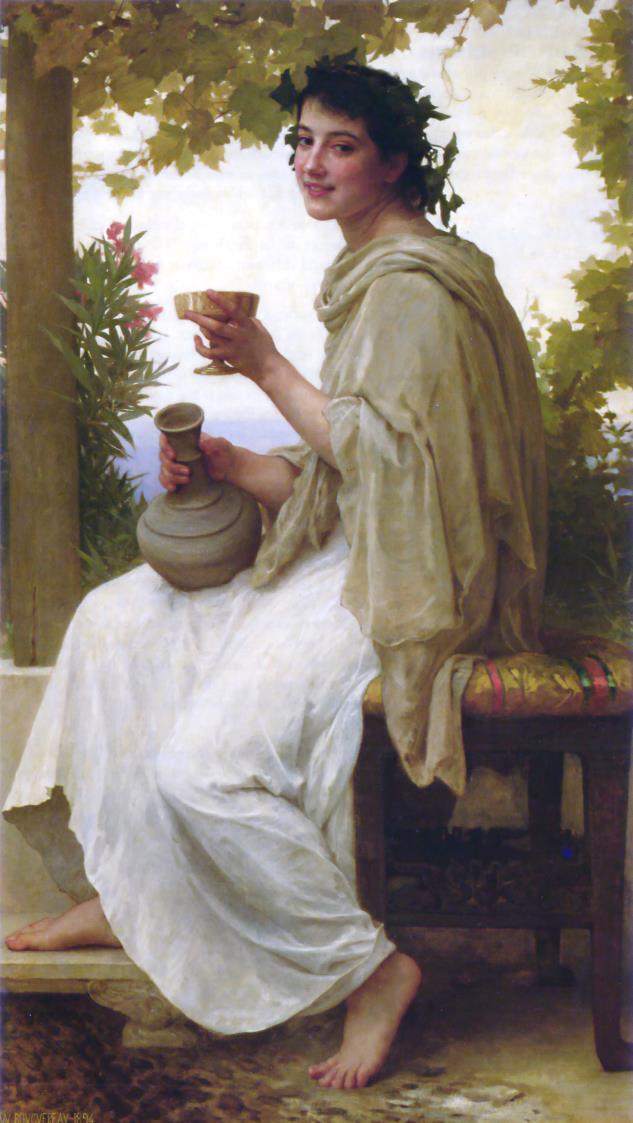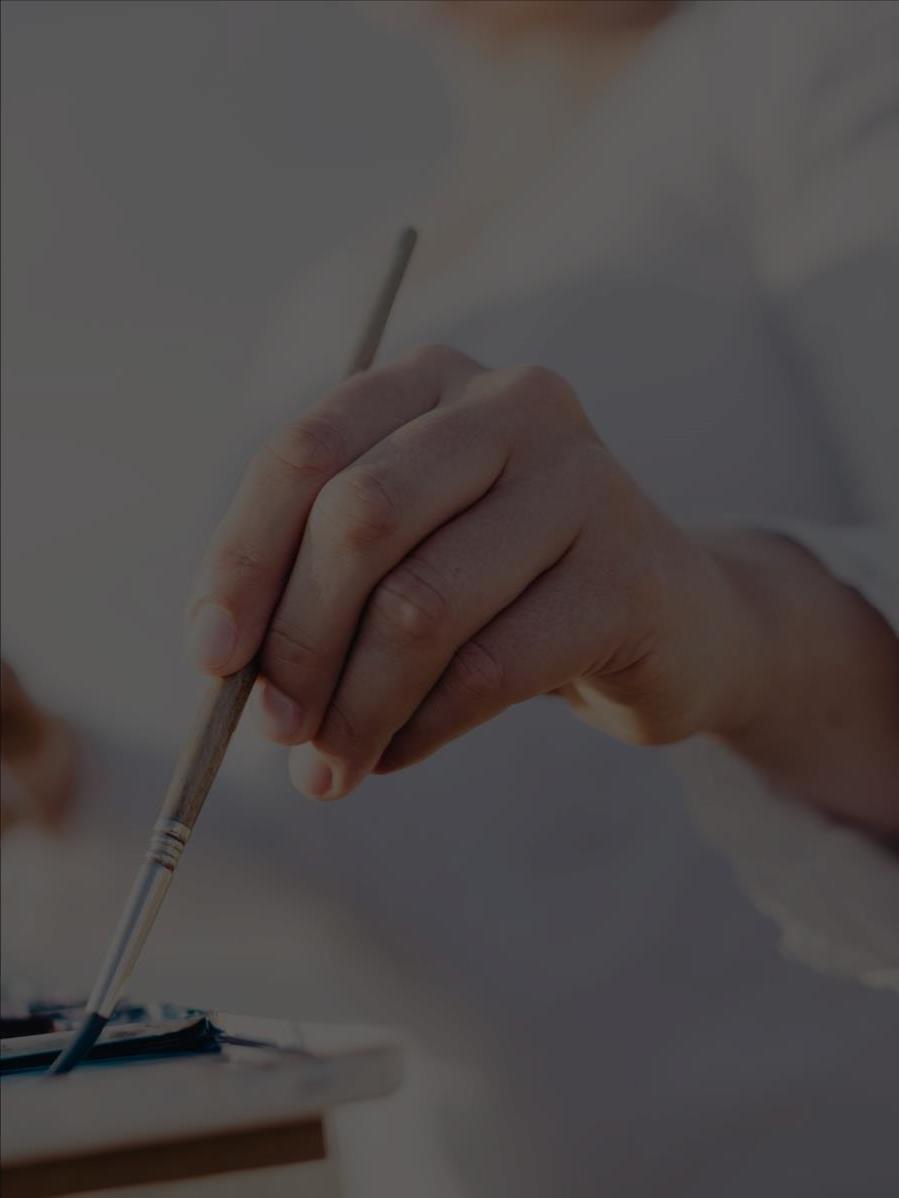
2 minute read
Art and the Pursuit of Happiness
Bacchante (1894) by William-Adolphe Bouguereau (1825-1905)

Advertisement
by Emmanuel Sabado Executive Officer for Professional Development
Rotaract Club of De La Salle University
Take a look at a painting that strikes you the most. Now try tuning in to a song that you feel like listening to. You might notice that while doing these, you feel like you are being immersed in a different world. It could be a sublime, pleasant and melodic one, but it could also be energetic, upbeat, unnerving, sometimes even tragic. Experiencing such realities in a single piece of art often leaves us with a sense of awe, sometimes even wonder for those who would dare to ponder.
From these, we could say that art’s purpose in our lives is simply that of escapism. Yet, we must realize that there is something more to art than just that. As the nature of art is usually an interpretation of reality, the type of art that we tend to appreciate often reflects on how we would like our life to be. It gives us an ideal, a model of what our world could be if we could have our own way; an ideal which could inspire us and propel us to greater heights. For this reason, art instills in our lives a greater meaning, a purpose. It ceases to be a mere object for occasional and short-lived pleasures. Instead, it becomes an instrument of inspiration that makes us strive for excellence. As our lives are spurred into activities and actions of this kind of excellence, we are eventually led to a state of eudaimonia, which the ancient Greeks described as the highest state of well-being and form of happiness that one could achieve. Reaching such a point in life gives us a sense of fulfillment, which results in a higher form of happiness as we get the impression that we are living a meaningful and purposeful life.
Given this potential that art alone could bring into our lives, the mere desire to achieve things such as fulfillment and long-term happiness should be enough for us to consider the true value of art. Its true power lies not just in the mere pleasure of enjoying it, but rather in its ability to inspire and to motivate us. It is now up to us to look at art not just as a given, but as a potent weapon that we can wield in inspiring ourselves and other people to be the best of what they could possibly be.









